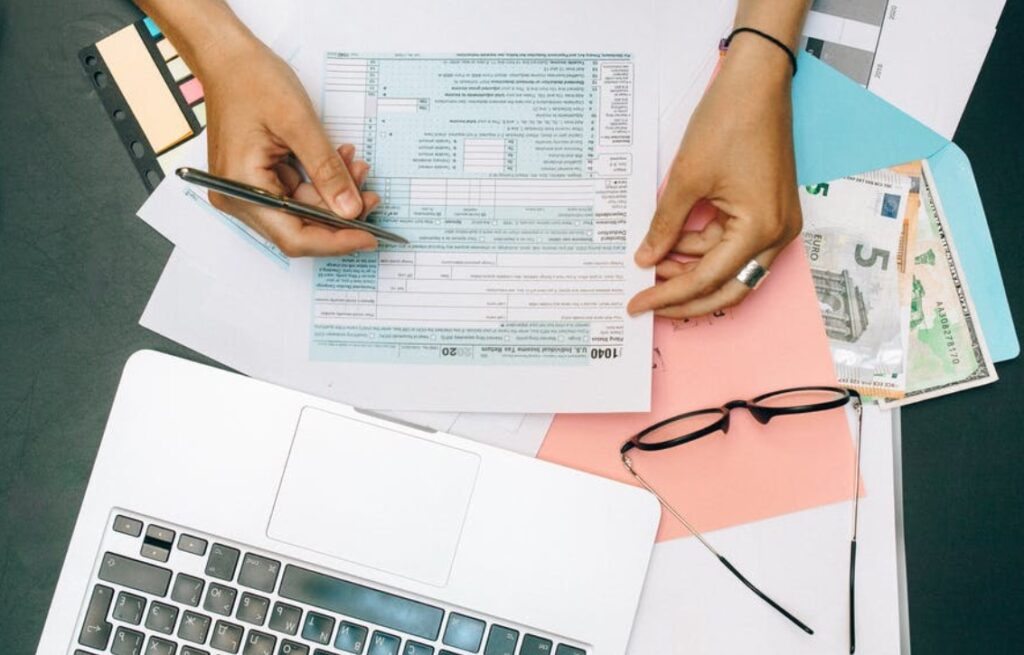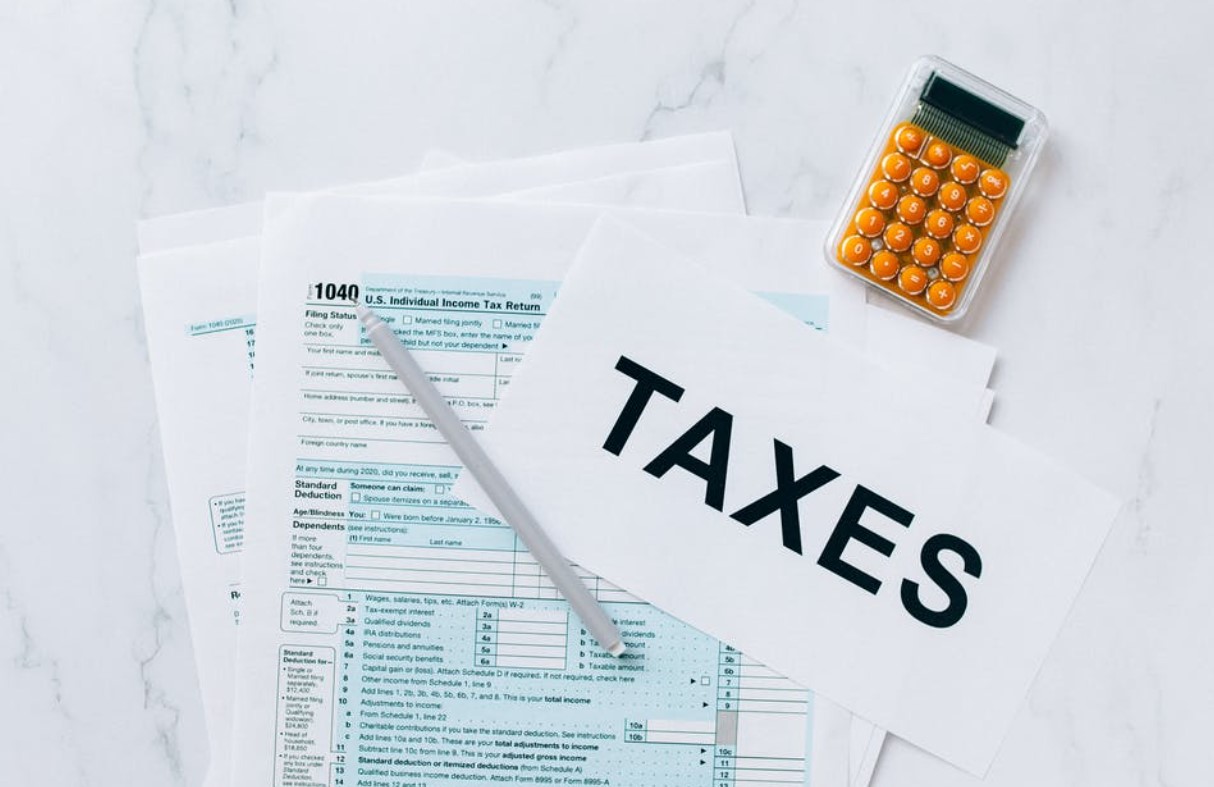Table of Contents
Self employed guide to completing your self assessment tax returns
The deadline for completing your online self assessment tax return is fast approaching – and in some cases, can take some time to complete correctly, so it is therefore important that you start to get organised now ahead of the 31 January deadline.
Self assessment is used by HMRC to calculate tax on your income. Normally, tax is automatically deducted from your wages/pensions which is known as PAYE. If you receive other income it may need to be reported to HMRC by sending an annual self assessment tax return.
Get everything you need in advance
It can take some time to get all the paperwork and information you need to complete your return.
Register with HMRC
If this is your first time completing a self assessment, you will need to make sure you’re registered with HMRC beforehand. Go directly to HMRC Online and register to get a unique taxpayer reference (UTR) number. This is sent by post, which normally takes up to ten working days, but it can take longer during peak periods. So, it is best to get registered as soon as possible to ensure you have your UTR in plenty of time.
After you get your UTR number, you’ll receive an activation code in the email for your Government Gateway account. You’ll need this code to register your account. This needs to be done quickly, as the code can expire. Once you’ve completed this and registered your account, you will be able to submit your tax return.

Find and organise your paperwork
To help get through your return easily it’s best to find and collect all your relevant documents. These can include personal and/or business invoices, bank statements, receipts, relevant forms like P60, P45 or P11D and dividend vouchers.
How to file your tax return
There are multiple sections to a self assessment tax return, and while completing it you may have many questions on the information you may need, or you might need some help to fill it out. If you have any questions, it is always best to have an accountant, who can help advise you and file your tax return.
Matt Stambach, Personal Tax manager at Alexander & Co Chartered Accountants and Tax Advisors commented “Often individuals leave their self assessment tax return till the last minute. This rush to complete ahead of the deadline causes many to make errors, which can result in penalties or fines, as can submitting a tax return late.
“Allowing time to complete the return, or letting a professional undertake the task on your behalf not only avoids these unnecessary costs, but also gives you piece of mind to focus on running your business”
SA100
The sa100 form is the main tax return document for individuals. There are several supplementary pages that you may need to fill in depending on your circumstances.
SA100 deals with several aspects of your tax return. This includes:
- Taxed and untaxed income that comes from dividends and interest
- Pension contributions – including state and private pension
- Charity donation
- Benefits – including Child Benefit, State Pension and Blind Person’s Allowance but does not include attendance allowance, pension credit, maternity allowance, child tax credit and others. It is best to get advice from an accountant if you’re not sure which benefits you receive are required to be reported.
Self-employed (SA103)
If you’re self-employed and your annual business turnover is less than the VAT threshold for the tax year, you need to fill in the supplementary SA103S on your tax return. Here are some things you should think about if you’re filing as a self-employed person.
Income
If you earn money through self-employment, you’ll be asked to enter your turnover amount under your business income section. This is the final total of everything you had come in during the tax year before any expenses are deducted. If you have multiple streams of income that information can be entered separately.
If you’ve received a self-employed income support grant, this will need to be declared as income as well, when filing your tax return.

Expenses
When it comes to declaring your expenses there are two ways to declare them.
If your yearly turnover is below £85,000 you don’t need to itemise your total expenses, but it is advisable to keep an itemised list in case you do cross the threshold or you need proof of certain expenses.
If your turnover is more than £85,000, you need to enter the individual amount of each expense, plus a total at the end of the expense statement.
There are various expenses you can include if you are self-employed. This includes:
- Cost of work equipment
- Stock bought for resale
- Wages/salaries and various other staff costs including subcontractor costs
- Transportation expenses
- Office expenses (Internet, phones, computers, stationery)
- Building related costs (rent, insurance, power)
- Maintenance for buildings and vehicles
- Marketing and advertising costs
- Loan interest
- Financial charges (bank and credit cards)
- Professional fees (accountants, legal, etc.)
You do not need to send proof of your expenses, when you submit your self assessment tax return. You do however need to keep a record of all expenses for five years after submitting your returns in case HMRC asks you to produce them.
Filing and sorting out your tax returns is something you should take your time to complete, as rushing to complete it at the last minute can lead to mistakes being made which may cause issues further down the line. If you have any questions or issues while filling out your self assessment it is always best to get in touch with an accountant who can help you through the process.



























